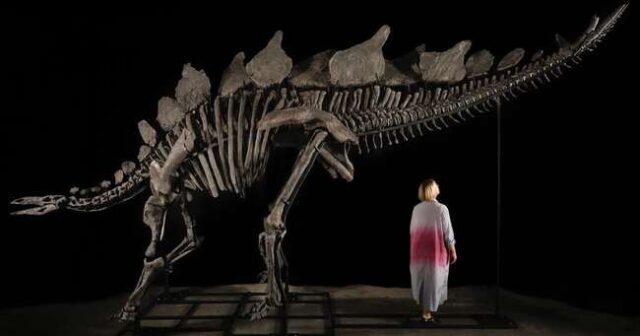
The first Stegosaurus fossil to be presented at auction was just sold for a record-breaking $44.6 million at Sotheby’s in New York. Over more than 15 minutes, prospective buyers drove the bids up to nearly 11 times the fossil’s estimated value of $6 million. This staggering sale price makes it the most expensive dinosaur skeleton ever sold at auction, surpassing the previous record of $31.8 million set by Stan the Tyrannosaurus Rex in 2020. The skeleton, found near the aptly named town of Dinosaur in Moffat County, Colorado, in 2022, was discovered by paleontologist Jason Cooper during a birthday hike. The excavation revealed an exceptionally well-preserved Stegosaurus, later named Apex, which stands 11 feet tall and measures nearly 27 feet long. Consisting of 319 skeletal pieces, Apex is approximately 70% intact and about a third larger than Sophie, the famous Stegosaurus at the Natural History Museum in London.
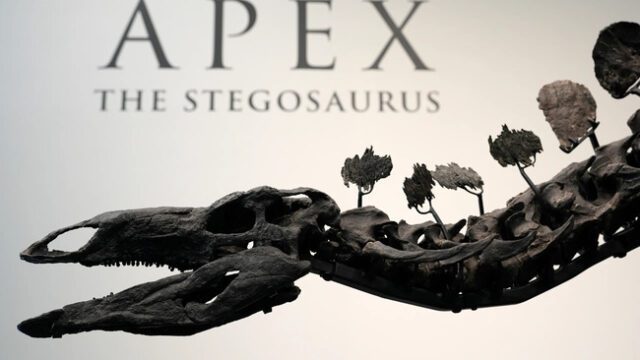
Despite Apex now residing in the private collection of Citadel founder Ken Griffin, there remains a possibility that the public could still have an opportunity to view the skeleton. Griffin is considering options to loan the dinosaur to American museums, potentially allowing Apex to be displayed to a broader audience. This gesture would provide the public a rare chance to appreciate one of the most significant paleontological finds, letting Apex figuratively roam North America once more. Such an arrangement could bridge the gap between private ownership and public education, ensuring that this remarkable piece of natural history continues to inspire and educate future generations.
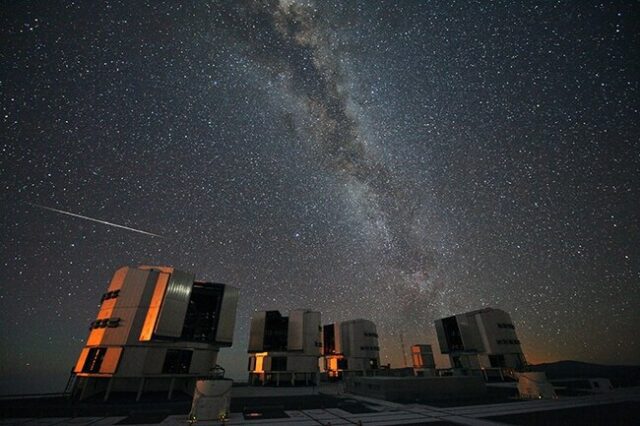
The upcoming Perseid Meteor Shower promises to be an impressive celestial event this summer. As Earth moves through debris fields in space, the resulting friction causes these particles to burn up in our atmosphere, creating the stunning “shooting stars” we see from the ground. With the warm weather and clear skies, summer is the perfect season for meteor watching. This year, the Perseids are expected to be particularly visible and exciting due to the lower moonlight. The shower begins in late July, peaks on August 11 and 12, and trails off through August 18, 2024. During the peak, observers might see between 50 and 100 meteors per hour. The Moon will be at less than 50% brightness in the week leading up to August 12, allowing the meteors to shine brightly in the night sky. For the best viewing experience, enthusiasts should watch in the pre-dawn darkness, with national parks like Grand Canyon National Park offering exceptional vantage points.
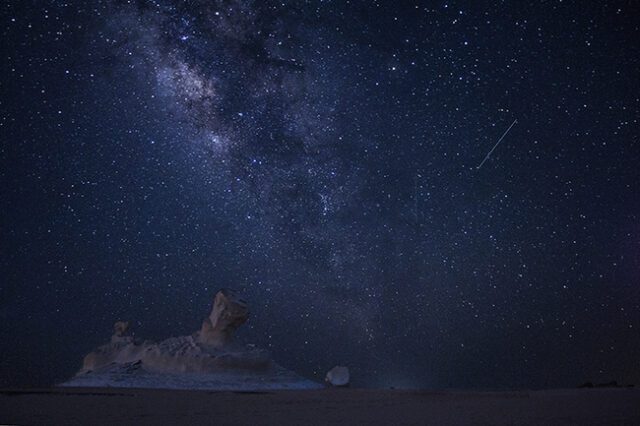
If you miss the Perseids, other opportunities exist to enjoy smaller meteor showers throughout the summer. From late July to late August 2024, six additional meteor showers will occur, including the Capricornids, Delta Aquarids, Piscis Australis, Alpha Capricornids, Iota Aquarids, and Kappa Cygnids. This array of showers ensures plenty of chances to witness these mesmerizing events. The Perseids, with a history of captivating human observers since at least 36 CE, remain a highlight of the summer sky. Their brilliance and frequency continue to awe spectators, making 2024 no exception. So, mark your calendars and get outside to enjoy these incredible natural light shows.
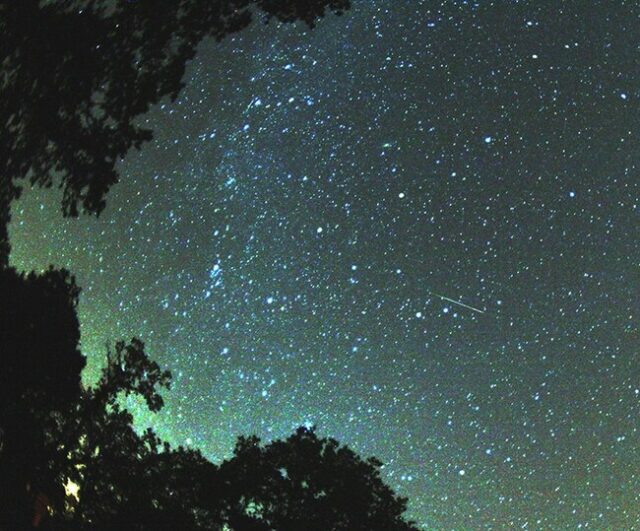
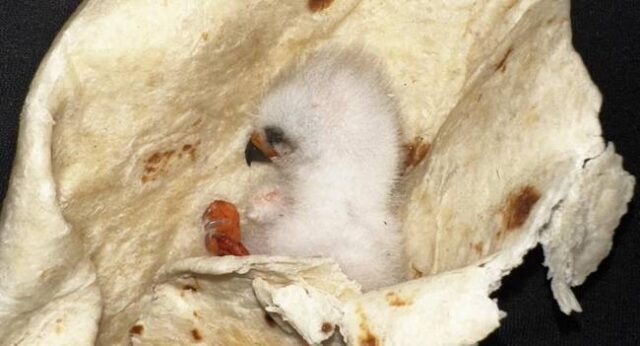
In a quintessentially Texan twist, a family in Amarillo, Texas, discovered a baby bird cold and abandoned on the ground during a swim party and barbeque. Acting quickly, the mother in the family, Katie Lasher Adlong, heated a tortilla on the stove and used it as a warm blanket to scoop up the chilly chick. Continue reading “Baby Bird Rescued in Texas Panhandle Wrapped in a Warm Tortilla Until Wildlife Experts Arrived” »
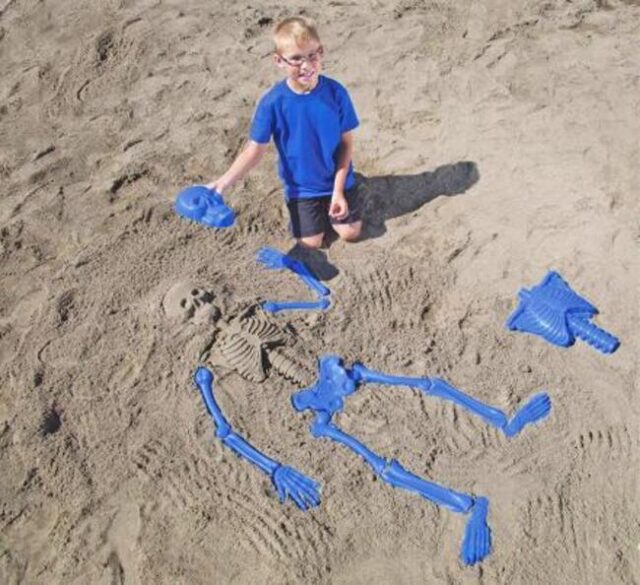
We’ve all experienced the simple joys of playing in the sand at the beach—burying siblings, constructing sandcastles, and letting our imaginations run wild. Now, there’s a novel twist to these classic activities with the introduction of Bag O’ Beach Bones, a set of bone molds that lets you create a life-sized human skeleton in the sand. This unique toy set not only enhances creative play but also offers an engaging way for children to learn about human anatomy. The 14-piece set includes molds for the legs, arms, hips, vertebrae, chest, and skull, allowing kids to assemble a detailed skeleton. With connected molds for hands and feet that ensure fingers and toes remain intact, this toy combines fun with education seamlessly.
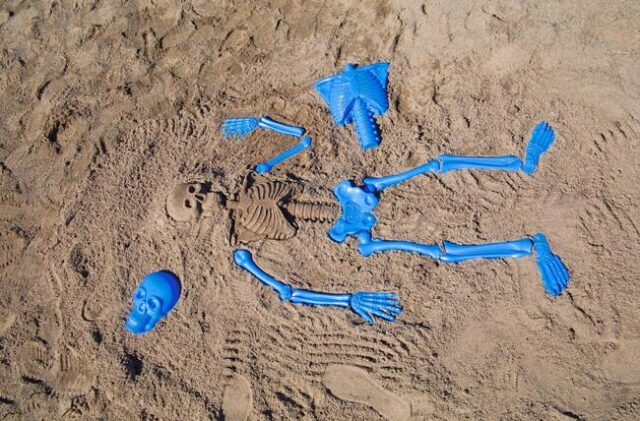
Using the Bag O’ Beach Bones is straightforward and versatile. Align the molds on the sand, press down firmly, and carefully lift them to reveal a perfect bone imprint. The molds can also double as traditional beach buckets for building sandcastles, adding to their utility. Beyond the beach, these molds can be used in snow to create winter skeletons, making them a year-round source of entertainment. The durable plastic set also includes a net bag for easy storage and transport. The assembled skeleton reaches about 4.5 feet in height, depending on the placement of the molds. Available on Amazon for approximately $20, this innovative beach toy promises endless imaginative play for kids.

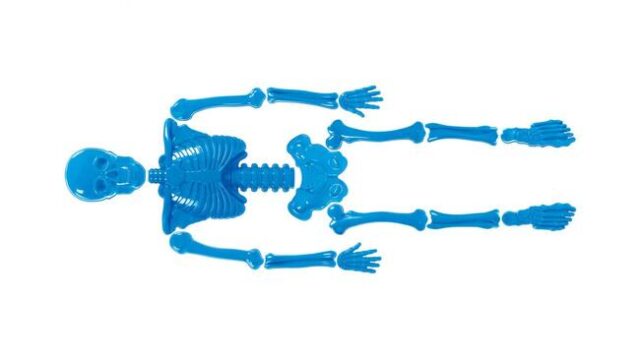

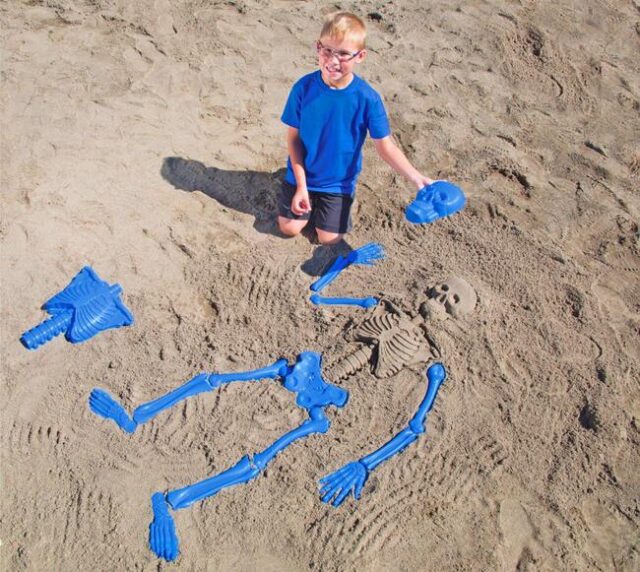

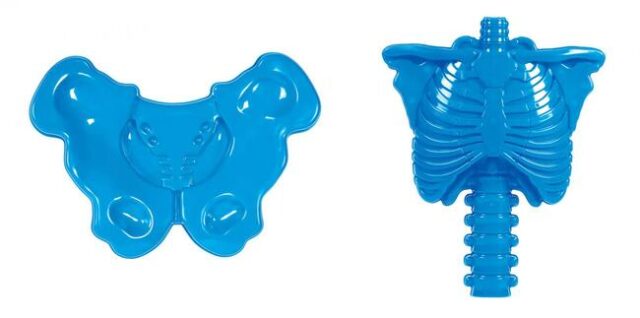
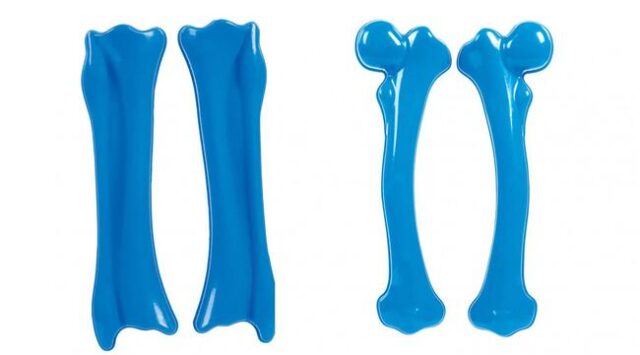
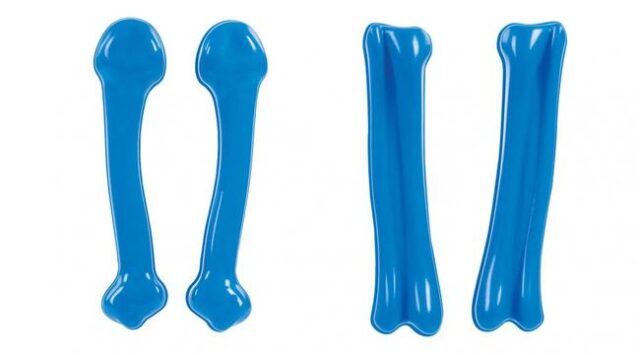
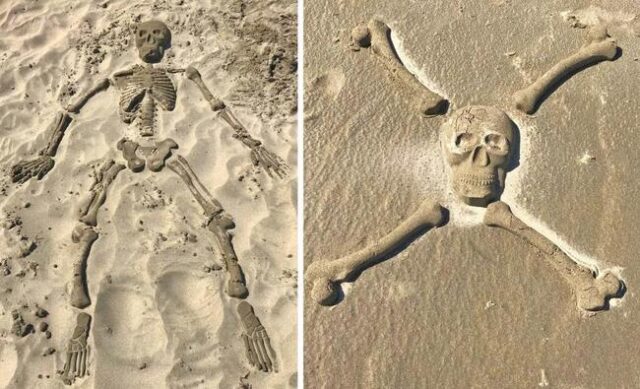

The Waterfall Kitchen Sink might be the ultimate modern kitchen accessory for those looking to upgrade their kitchen space. This innovative sink offers a variety of features designed to enhance the cooking and cleaning experience, setting it apart from the many mediocre options available on the market. With its three distinct water flow styles—a standard overhead faucet, a horizontally elongated stream that mimics a waterfall, and a glass rinsing station—this sink provides flexibility and convenience for a range of kitchen tasks. Additionally, the sink’s modular design includes removable basket options: a pluggable drain sink and a colander-style compartment for rinsing, both of which can be mounted on a track just beneath the sink’s rim. This stainless steel waterfall-style sink workstation is perfect for anyone seeking a multi-use, spacious sink that can adapt to various kitchen needs.

Measuring 30 inches wide, 18 inches front-to-back, and 8.7 inches deep, this modern sink fits into a hole measuring 28.5 inches wide and 17.1 inches front-to-back, with different size options available on platforms like Aliexpress. The additional drain strainer helps prevent clogging, making maintenance easier and more efficient. Whether you choose to purchase it on Amazon for around $390 or on Aliexpress for $200-$400, this waterfall kitchen sink and faucet workstation offers great value for its price. Its sleek design and practical features make it a standout choice for anyone looking to elevate their kitchen with a stylish and functional sink that meets a variety of culinary needs.















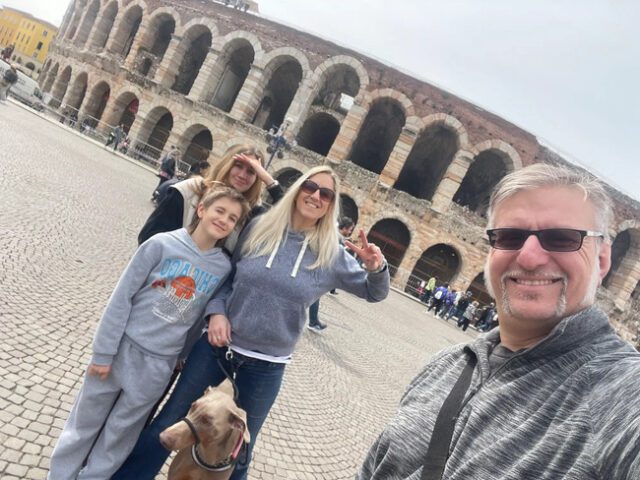
The Sailing Pickle Family lives a life many dreams of: they sail around the world, exploring new countries regularly from the comfort of their 35-foot boat. This family of four, plus their Doberman, Buddy, turned a pivotal moment of hardship into an extraordinary journey. Nicky Piccalilli’s brush with meningitis in 2017 was a life-altering event that led her to embrace a bold new vision. After texting her husband Chris from intensive care with the declaration, “When I get out of here, Continue reading “A Family of 4 Learned to Sail and Now Call a 35-foot Boat Home as They Travel the World with Their Dog” »

A recent study from Stockholm University highlights the profound impact of sleep on perceived age, revealing that just two nights of inadequate sleep can make one feel four years older. According to Leonie Balter, a researcher at the Department of Psychology, the team aimed to uncover whether sleep could be a key factor in maintaining a youthful sense of self. By surveying 429 individuals aged 18 to 70, they found that each night of poor sleep contributed to feeling an average of 0.23 years older. To delve deeper, another group of 186 participants aged 18 to 46 was instructed to restrict their sleep to four hours for two consecutive nights and then recover with nine hours of sleep for two nights. This second phase confirmed that restricted sleep significantly aged participants, with most reporting they felt 4.4 years older after the sleepless nights.

The study further revealed that participants’ perception of their age was closely tied to their level of alertness. When participants felt extremely alert, they perceived themselves as four years younger, whereas extreme tiredness led them to feel up to six years older. Balter emphasized the importance of sleep in preserving a youthful sense of age, noting that transitioning from a state of alertness to sleepiness added a remarkable ten years to one’s perceived age. This underscores the crucial role of good sleep hygiene in maintaining not just physical health but also a vibrant, youthful outlook, which can motivate healthier and more active lifestyles.
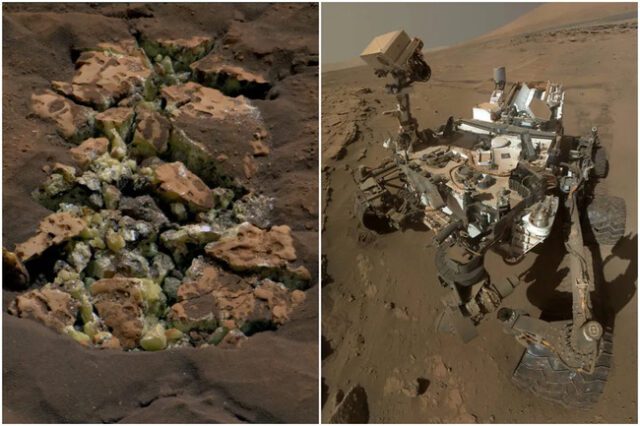
NASA’s Curiosity rover recently made an astonishing discovery on Mars by accidentally crushing a boulder, revealing yellow sulfur crystals. This find is groundbreaking as it marks the first time rocks composed of pure sulfur have been observed on the Red Planet. The conditions required for sulfur crystal formation are typically limited and were not considered present in the region Curiosity explored. Since October 2023, Curiosity has been navigating an area abundant in sulfates, which are sulfur-containing salts formed through water evaporation. While previous detections involved sulfur mixed with other materials, this discovery of elemental sulfur challenges scientists’ understanding of Mars’s geological history. The unexpected nature of this find has sparked excitement among scientists, highlighting the unpredictable and thrilling aspects of planetary exploration.
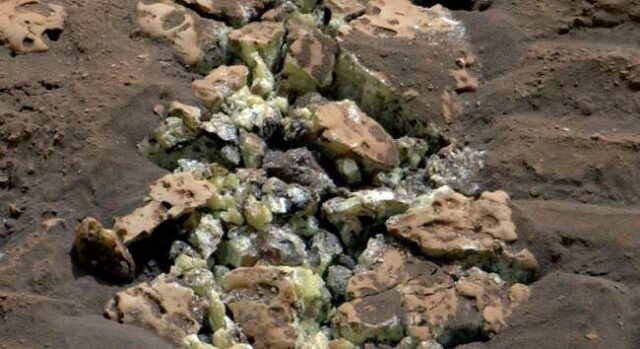
Curiosity discovered the sulfur crystals while traversing the Gediz Vallis channel, located on the slopes of Mount Sharp, a 3-mile-tall mountain the rover has been climbing since 2014. NASA’s project scientist Ashwin Vasavada described the discovery as finding “an oasis in the desert,” emphasizing its surprising and enigmatic nature. The rover uncovered not just a single crystal, but an entire field of bright rocks similar to the one it crushed, prompting questions about their origin and relationship to other sulfur-based minerals in the area. Previous observations included calcium sulfate, known as gypsum, which is a remnant of ancient groundwater flows. This latest finding adds another layer of complexity to Mars’ geological narrative. Despite sulfur’s common presence in the universe and on Earth, the pure sulfur rocks on Mars present a unique puzzle for scientists to solve, underscoring the ever-evolving and fascinating nature of space exploration.
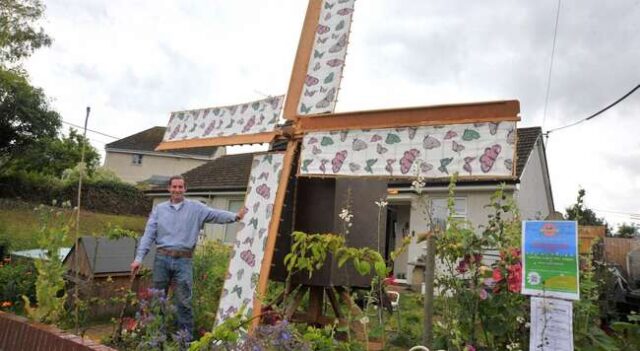
Gareth Ross Buddell, an inventive Englishman, has constructed a unique windmill in his garden in Swindon, blending historical design with modern functionality. Inspired by 12th-century windmills, his creation also serves as a wind turbine, capable of generating electricity. This quarter-size replica of the Bourn Windmill in Cambridgeshire, meticulously rebuilt using over 1,700 survey drawings, showcases Gareth’s craftsmanship and knowledge as a classical boat builder. Continue reading “Man Builds an Electricity-Generating Windmill in His Own Garden” »

























































